Installation in Linux¶
These steps have been tested for Ubuntu 10.04 but should work with other distros.
Required packages¶
GCC 4.x or later. This can be installed with
sudo apt-get install build-essentialCMake 2.6 or higher
Subversion (SVN) client
GTK+2.x or higher, including headers
pkgconfig
libpng, zlib, libjpeg, libtiff, libjasper with development files (e.g. libpjeg-dev)
Python 2.3 or later with developer packages (e.g. python-dev)
SWIG 1.3.30 or later (only for versions prior to OpenCV 2.3)
libavcodec
libdc1394 2.x
All the libraries above can be installed via Terminal or by using Synaptic Manager
Getting OpenCV source code¶
You can use the latest stable OpenCV version available in sourceforge or you can grab the latest snapshot from the SVN repository.
Getting the latest stable OpenCV version¶
- Go to http://sourceforge.net/projects/opencvlibrary
- Download the source tarball and unpack it
Getting the cutting-edge OpenCV from SourceForge SVN repository¶
Launch SVN client and checkout either
- the current OpenCV snapshot from here: http://code.opencv.org/svn/opencv/trunk
- or the latest tested OpenCV snapshot from here: http://code.opencv.org/svn/opencv/tags/latest_tested_snapshot
In Ubuntu it can be done using the following command, e.g.:
cd ~/<my_working _directory>
svn co http://code.opencv.org/svn/opencv/trunk
Building OpenCV from source using CMake, using the command line¶
Create a temporary directory, which we denote as <cmake_binary_dir>, where you want to put the generated Makefiles, project files as well the object filees and output binaries
Enter the <cmake_binary_dir> and type
cmake [<some optional parameters>] <path to the OpenCV source directory>
For example
cd ~/opencv mkdir release cd release cmake -D CMAKE_BUILD_TYPE=RELEASE -D CMAKE_INSTALL_PREFIX= /usr/local
Enter the created temporary directory (<cmake_binary_dir>) and proceed with:
make sudo make install
Note
If the size of the created library is a critical issue (like in case of an Android build) you can use the install/strip command to get the smallest size as possible. The stripped version appears to be twice as small. However, we do not recommend using this unless those extra megabytes do really matter.
Help and Feedback
You did not find what you were looking for?- Ask a question in the user group/mailing list.
- If you think something is missing or wrong in the documentation, please file a bug report.
